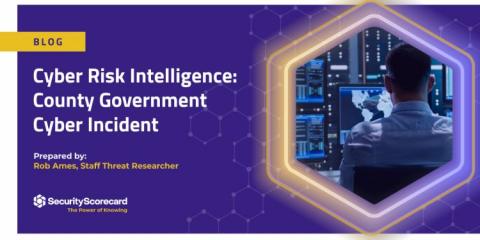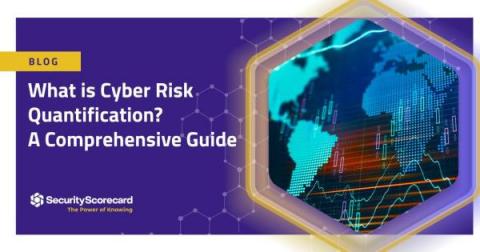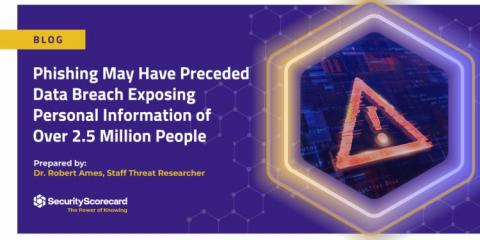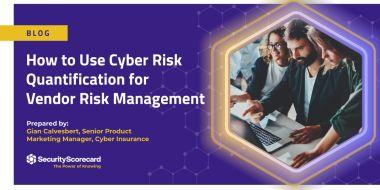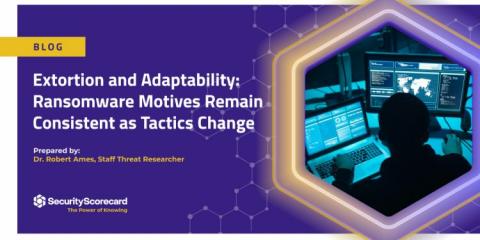The State of Cybersecurity During Awareness Month
From nation-state threat actors to cybercriminals, today’s businesses face many cybersecurity threats. At the same time, organizations struggle to maintain a strong security posture because they have not yet shifted to a holistic approach to risk – one that combines a 360º view of the attack surface with the ability to communicate risk meaningfully and respond effectively.



